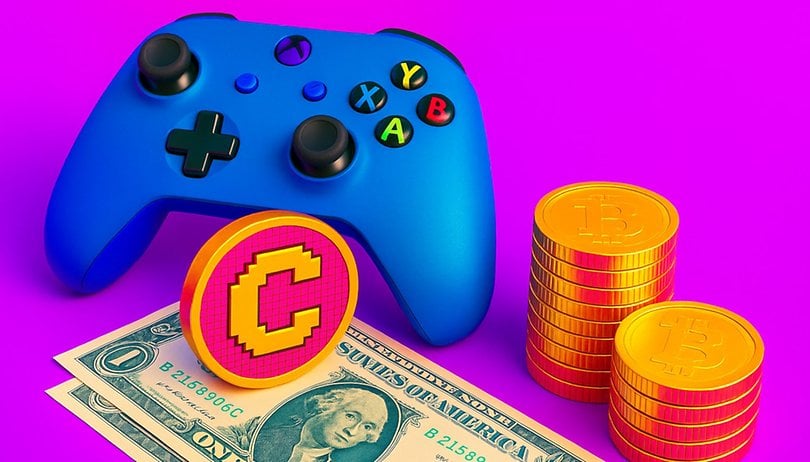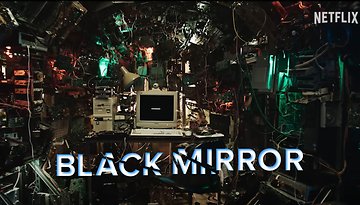Rethinking Microtransactions: A Necessary Evil in Modern Gaming

We gamers can usually agree on one thing: We hate microtransactions. And why wouldn't we? Microtransactions are one of those things that are just too easy to hate. They epitomize everything that's wrong with modern gaming. And we have the bad, greedy companies to blame for it, right? But is it really their fault, or are microtransactions a problem that we created ourselves? The day that thousands of gamers decided to spend money on a set of horse armor is when microtransactions, as we now know them, were born, and now we have to live with that.
Gamer's (Secret) Love for Microtransactions
A few days ago, I came across a study highlighting how gamers spend their money. According to this study by Newzoo, PC gamers spend a whopping 58 percent of their money on microtransactions alone. On top of that, 14 percent of our hard-earned money goes to buying DLC for games we already own. As a result, only about 28 percent is spent on new premium games.
And while these numbers concern PC players, console players also spend around 37 percent of their money on microtransactions and DLC. Upon seeing these numbers, I wondered how they could be accurate. After all, everybody seems to hate microtransactions. Whenever a new game announces the presence of an in-game shop, people are quick to chastise the developers for it. At the same time, we mourn the gradual decline of high-quality, complete single-player games.
Ultimately, I concluded that we are essentially living in a self-fulfilling prophecy. We have come to distrust new premium games, especially by certain companies (I'm looking at you, Ubisoft), which leads us to make more cautious buying decisions. Additionally, we also tend to be cautious about new free games and refrain from spending money on them, as they may shut down quickly. By doing so, we ensure that they will.
In the end, there is only one option left. We stick with what we know and trust. And that's usually long-standing titles like Call of Duty, Fortnite, and GTA Online. Since these are online games that we have already purchased, developers must find a way to generate revenue from existing players repeatedly in order to keep the game running. And how do you do that, if not through microtransactions and DLC?
In Defense of Microtransactions
Over the following few paragraphs, I'm going to play the devil's advocate. After all, microtransactions are not all bad. If it weren't for them and in-game advertising, we wouldn't have any free games whatsoever. And some microtransactions are not that bad. After all, nobody is going to force you into spending real money on a new cosmetic item.
So long as microtransactions remain purely cosmetic, even the biggest nay-sayers are usually on board. In an ideal world, microtransactions could be used to reduce the price of premium games and make them more accessible to everyone. With prices soaring higher every year, this would certainly be a noble goal.
- Interested in a Free Game without Microtransactions? Check out This Offer
Paying additional money for DLC is also defensible in many cases. Take Fallout 4 and Far Harbor as an example. In this case, you're essentially getting a whole new experience tacked onto the game you own. Creating that experience costs time and money, so paying for it is fair. There is, however, one significant issue with all microtransactions across the board, regardless of their noble goals in theory. And that's their predatory nature, which frequently targets the most vulnerable: Children.
The EU Takes Action: Microtransactions are Harmful to Children
If you're anything like me, cosmetic microtransactions probably don't bother you. After all, as an adult, you're able to make an informed decision on how you want to spend your money, and whether a new weapon skin is worth it. That is, however, not the case for most children. Most children don't yet grasp the value of money. They also respond differently to marketing, according to the European Commission.
When they see a new post by their favorite game on social media that promotes yet another cosmetic upgrade to their in-game experience, they want it. And if, on top of that, they see their friends and other players owning those cosmetic upgrades in-game, it can cause frustration and, to put it simply, major FOMO.

This fear of missing out can, in some cases, cause psychological distress. In extreme situations, it can even lead to bullying or exclusion from social groups that form online. The European Commission names Star Stable Online as an example of a potentially harmful game. And they are right, SSO is a game targeted at children. Within the game, players can form "clubs" that serve as a crucial means of socializing in-game. Oftentimes, these clubs require players to possess certain cosmetic items to enter, a sort of virtual uniform. These items are bought with real money through microtransactions. If you don't own them, you can't be part of the group.
How Could Microtransactions Change in the Future?
The European Commission names several key factors that make microtransactions harmful to children. These include direct appeals to children in the advertisements, the use of pressuring techniques such as 'purchase through time-limited practices', a lack of clear and transparent information, and a failure by the company to ensure that the influencers promoting their products clearly disclose commercial content.
Personally, I do not know a single game that doesn't utilize at least one of these tactics in marketing its microtransactions. Currently, these points only pertain to games designed for young children. This report by the European Commission is, however, only the last in a long series of developments that scrutinize microtransactions in video games.
With pressure mounting on developers, I asked myself what video games may look like in the future. How are games targeted at children going to finance themselves? Do online games for children even have a future? Should they? According to the European Commission, video games should do away with virtual currency altogether. Are we soon going to see dollar prices next to weapon skins instead of whatever-game-bucks? Would seeing the actual price of items actually deter players from spending money in games?
Ultimately, I am not entirely sure what the future of microtransactions in games looks like. I do, however, think that they are here to stay and will shape the gaming industry for many years to come.
Do you regularly spend money on video games? If so, do you buy new premium games or are you spending more on microtransactions and DLC? Let us know in the comments below!


















